Our circular economy strategy
We as voestalpine Group view the circular economy on three levels: end products, voestalpine products, and our processes.
- 06 Feb, 2023
- 3
We as voestalpine Group view the circular economy on three levels: end products, voestalpine products, and our processes.
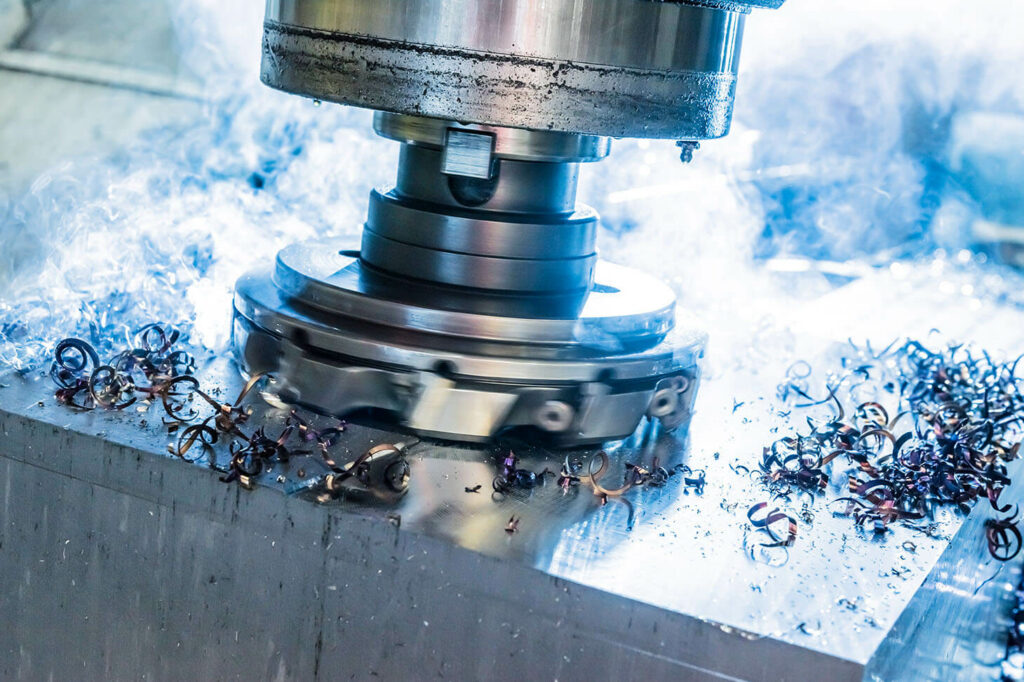
Whether processing scrap as a raw material, using slag in the cement industry, or extracting waste heat, the voestalpine Group as a whole is engaged in numerous activities which promote the circular economy. At all times, we comply with EU requirements and are guided by the national circular economy strategy and the demands of our customers.
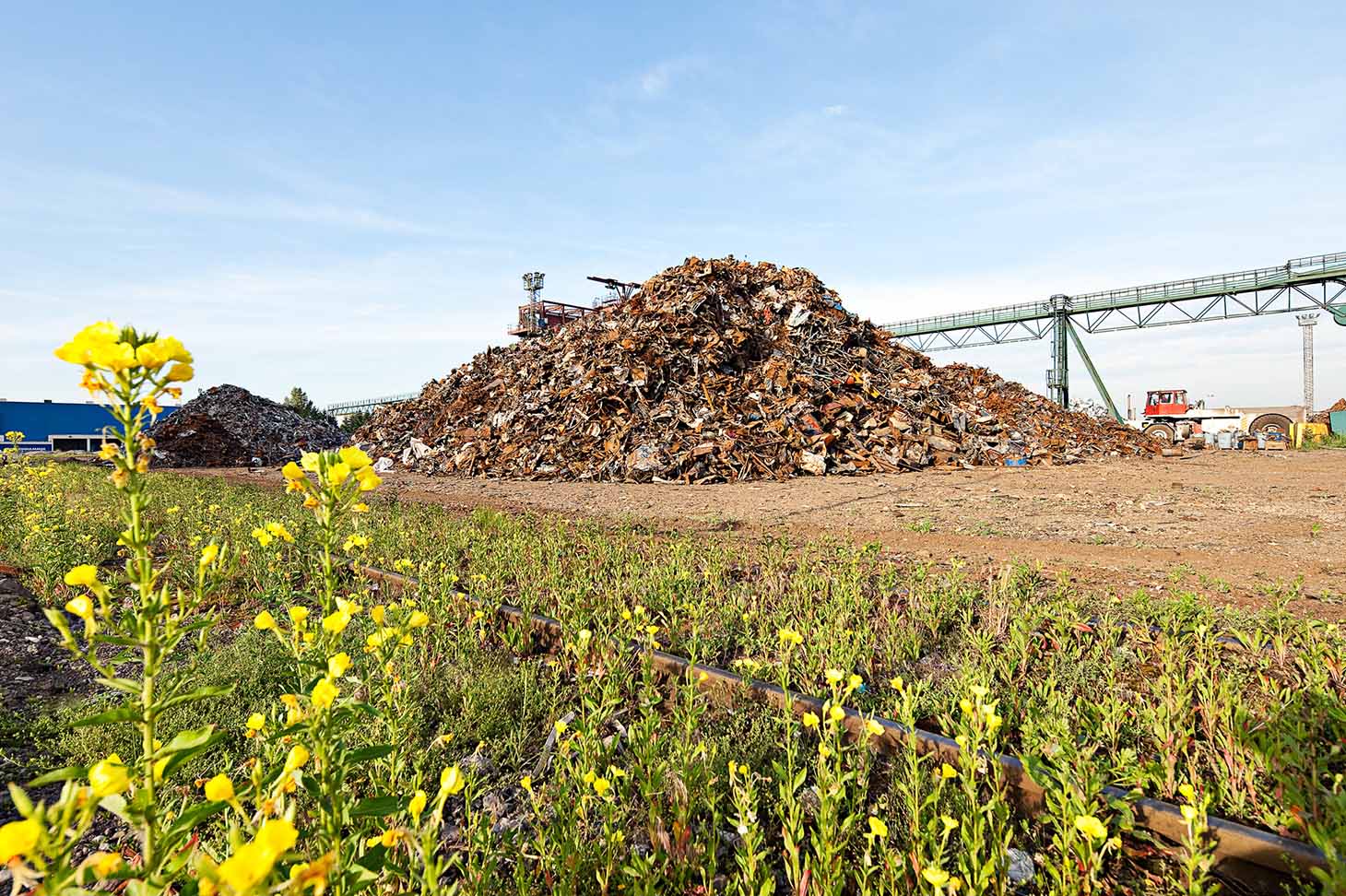
The political, social, and economic environment as well as our strategic and operational goals require a holistic view of the circular economy on three levels:
At all three levels, our goal is to close loops and slow down cycles in order to conserve resources and secure the raw material supply, and ultimately to contribute to climate and environmental protection. Some of the ways we achieve this goal is by
In 2021 our recycling rate for iron was 27.3%. 24 kilograms of hazardous and 138 kilograms of non-hazardous waste were generated per ton of product. We are trying to continuously improve these figures while maintaining product quality.
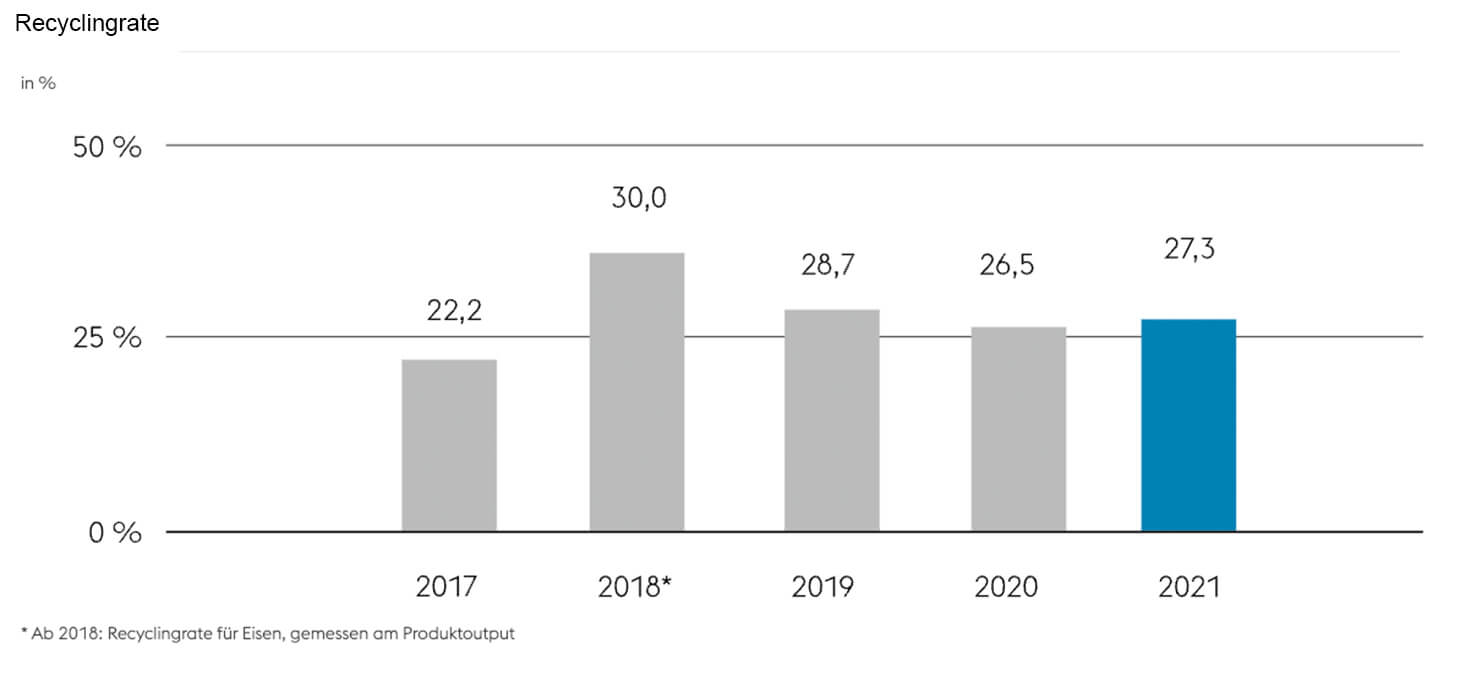
Research and development (R&D) play a central role in promoting the circular economy. R&D is an important link between sustainability and our products and services. Its task is to identify and develop future and new circular economy potential in our companies and divisions. Key topics include the treatment and reuse of metallurgical by-products and optimizing scrap characterization. Our researchers are also intensively working on sensible CO2 recycling.
Apart from sustainability concerns, the circular economy can also fulfill our profitability requirements as a publicly listed company, because maximizing the recycling and recovery of materials also offers an economic advantage.
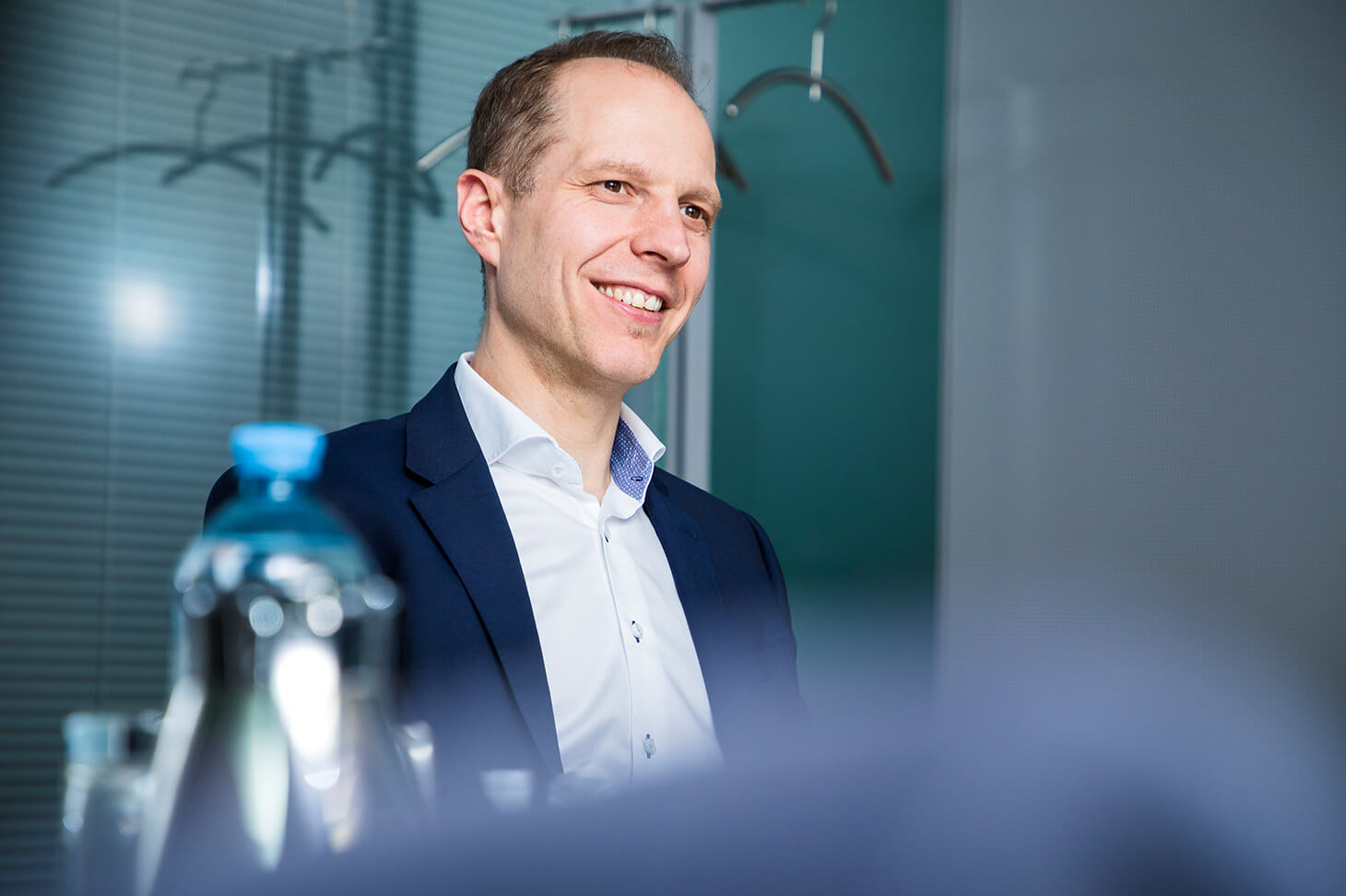
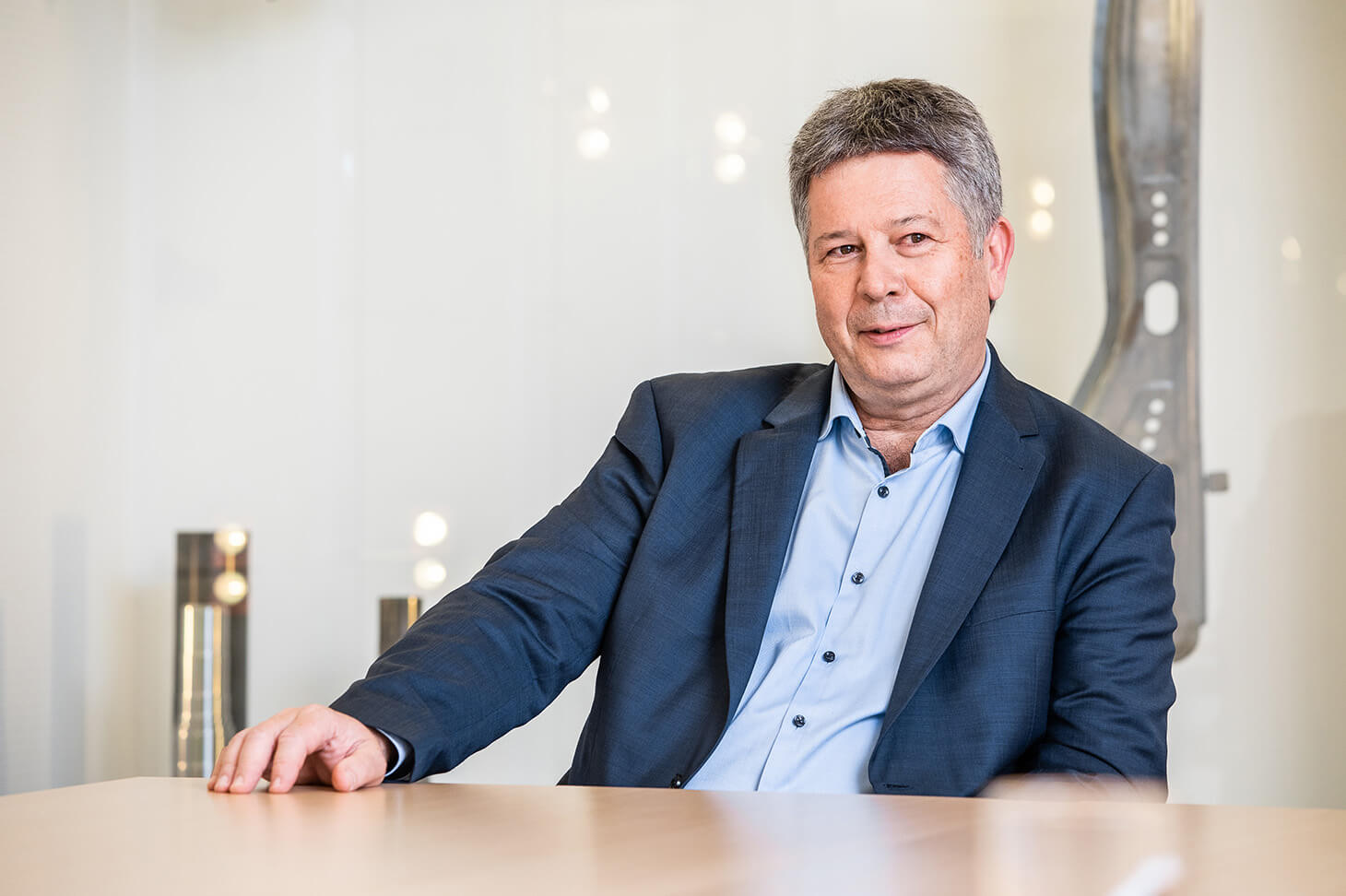
For decades, voestalpine has been the environmental and efficiency benchmark for the industry. We focus on sustainability out of conviction, not because it is the trend. We provide information on which sustainability criteria and standards we follow, on how we are continuously improving our carbon footprint, and about the innovative, sustainable products and solutions we develop for our customers in order to make the world a little better.
Die voestalpine ist ein weltweit führender Stahl- und Technologiekonzern mit kombinierter Werkstoff- und Verarbeitungskompetenz. Die global tätige Unternehmensgruppe verfügt über rund 500 Konzerngesellschaften und -standorte in mehr als 50 Ländern auf allen fünf Kontinenten. Sie notiert seit 1995 an der Wiener Börse. Mit ihren Premium-Produkt- und Systemlösungen zählt sie zu den führenden Partnern der Automobil- und Hausgeräteindustrie sowie der Luftfahrt- und Öl- & Gasindustrie und ist darüber hinaus Weltmarktführer bei Bahninfrastruktursystemen, bei Werkzeugstahl und Spezialprofilen. Die voestalpine bekennt sich zu den globalen Klimazielen und verfolgt mit greentec steel einen klaren Plan zur Dekarbonisierung der Stahlproduktion.